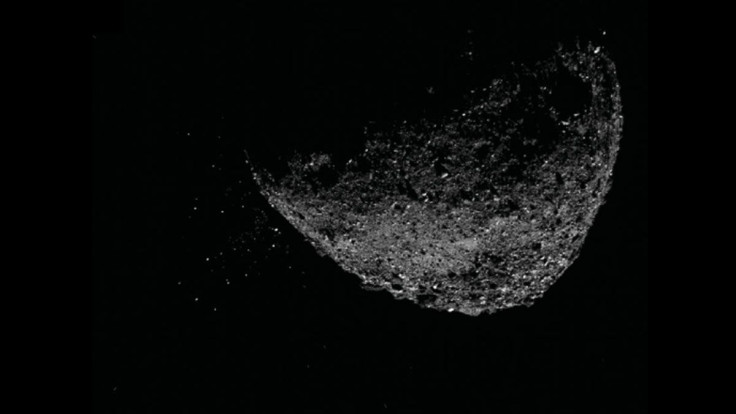1,213-Foot Asteroid Is Zooming Past Earth On Saturday

KEY POINTS
- An asteroid larger than the Eiffel Tower is set to pass by Earth Saturday, according to NASA's CNEOS
- The asteroid, identified as 2020 PP, will be around 4 million miles away from the planet's surface when it passes by
- 2020 PP has not been included in the European Space Agency's Risk List
A large asteroid is set to make its way past Earth this weekend, according to NASA's Center for Near-Earth Object Studies (CNEOS), but astronomers say it is no cause for alarm.
At around 6:26 a.m. EST this Saturday, an asteroid nearly as tall as the Empire State Building will be making its close approach to the planet, according to CNEOS. The New York structure stands at a height of about 1,250 feet (381 meters).
2020 PP, the asteroid currently making its way toward Earth's vicinity, is only one of the many space rocks that fly past the planet on a regular basis. But what makes this near-Earth asteroid (NEA) interesting is its extensive diameter.
While the size of most asteroids that fly by Earth usually ranges from 65 to 130 feet (20 to 40 meters), 2020 PP has an estimated diameter of 1,213 feet (370 meters). This makes the incoming asteroid larger than the Eiffel Tower, which at its highest point stands 1,062 feet (324 meters).
Asteroid 2020 PP's size has led the European Space Agency to keep a close eye on the NEA until after it safely makes its way past Earth. But the space agency indicated that there is no need to feel alarmed as the asteroid has not been included in its Risk List.
According to CNEOS' Close-Approach data table, the NEA will be passing by Earth at a safe distance of about 4 million miles (7 million kilometers) away from the planet's surface.
This is good news as NASA said a space rock larger than 82 feet (25 meters) but smaller than half a mile is expected to cause local damage to the impact area if it were to collide with Earth.
Asteroid 2020 PP is categorized by the CNEOS as an Apollo type. Space rocks belonging to this group have orbits that intersect that of the Earth, making close approaches more likely to happen.
The CNEOS is responsible for computing the orbits of various near-Earth objects (NEO). These computations include predicting the date and time of their close approaches to Earth, which it informs the public through its website.

© Copyright IBTimes 2025. All rights reserved.





















